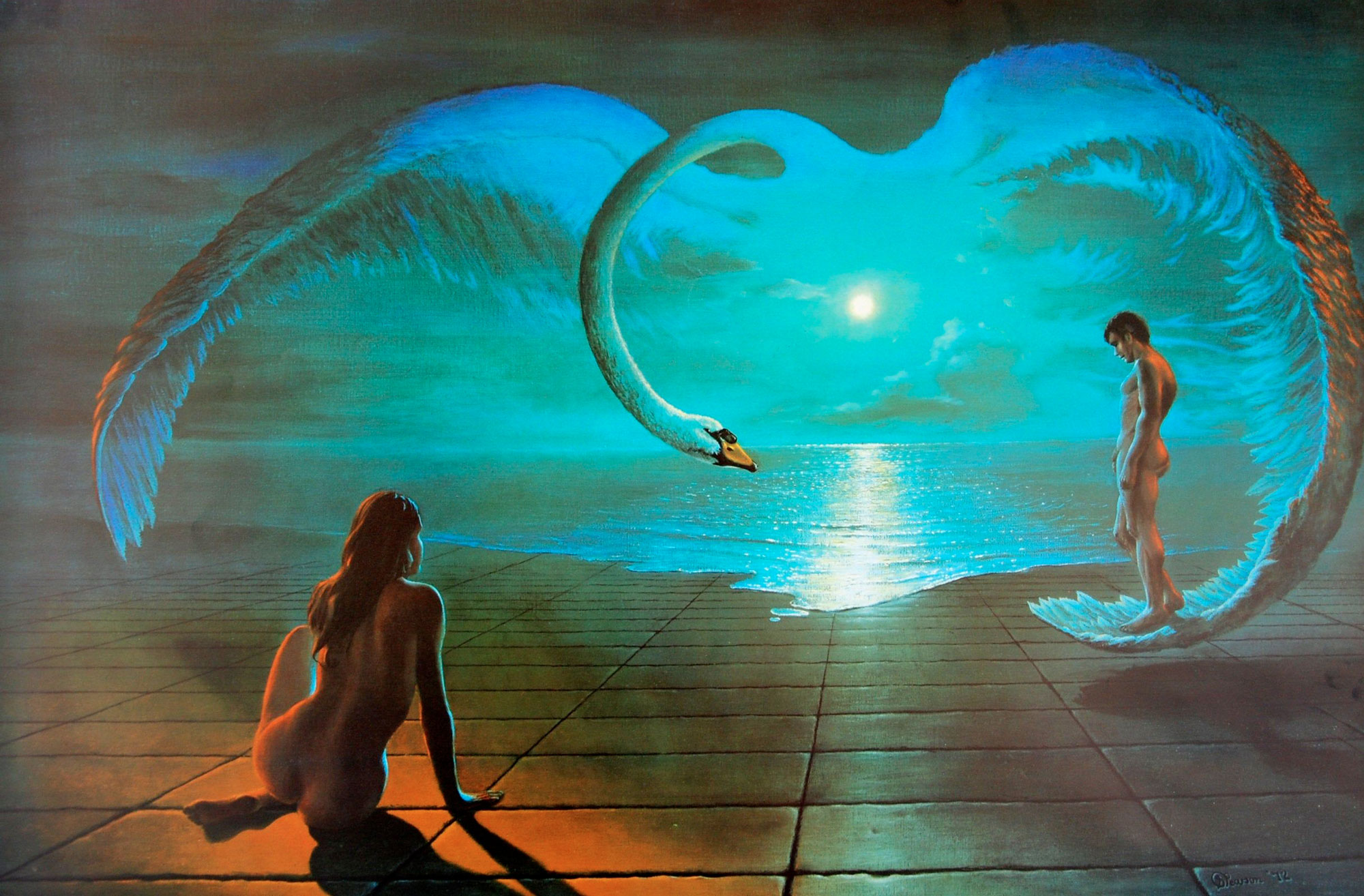

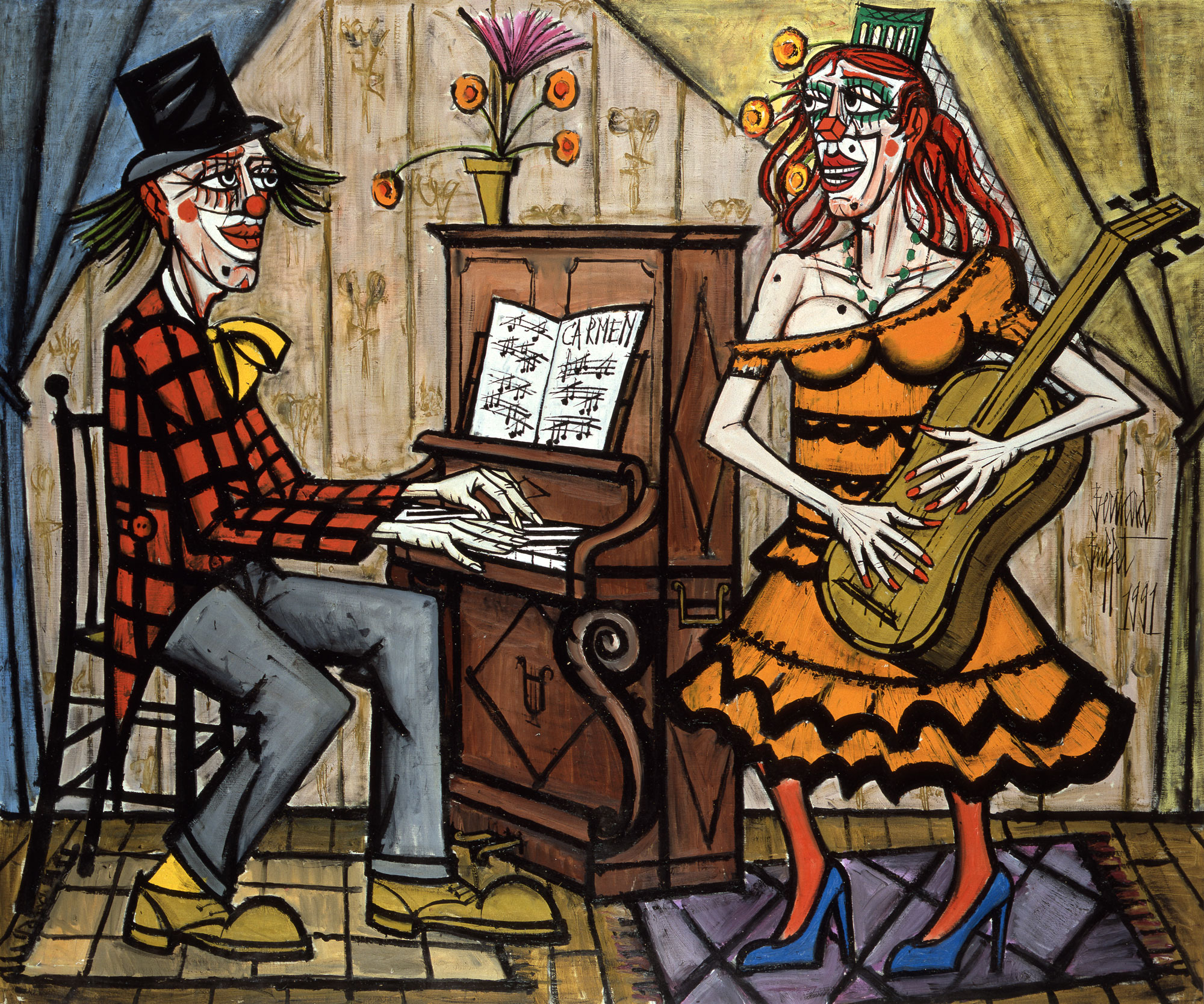
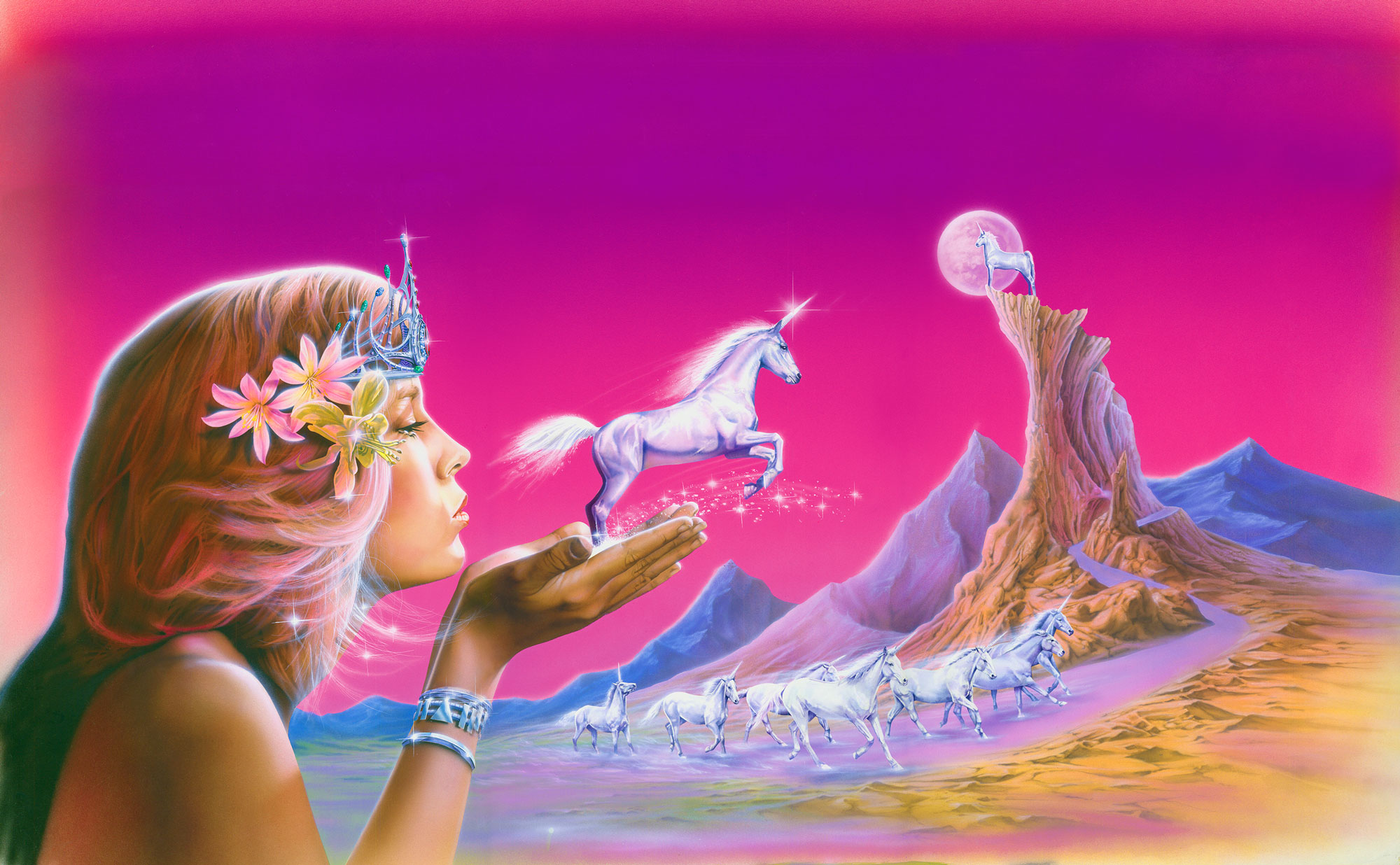
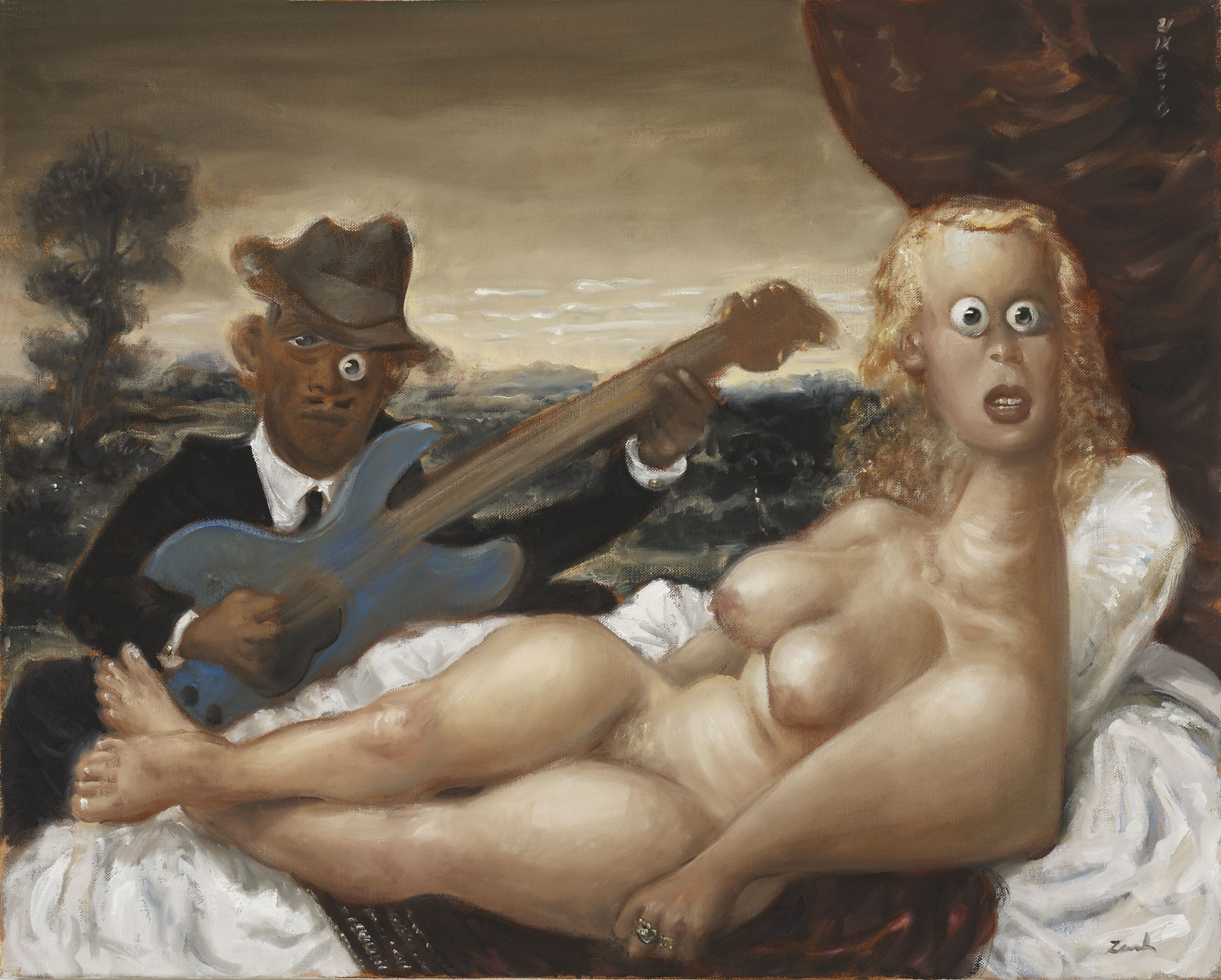
Plein Sud : Together with Colette Barbier, you curated part of the more contemporary exhibition on the second floor of the museum. How does the theme of the exhibition relate to your own practice?
Nina Childress : It's clear that a certain number of artists are now taking on the mantle of curator. I find it quite similar to putting on an exhibition of one's own work. In all cases, choices have to be made, especially when the body of work is large. Here, I knew most of the selected artists personally, so it was all the more natural. I began by making a model of the museum, sharing what I sensed with Colette, with whom we discussed the choice of artists, and little by little the exhibition took shape, like a work of art!
PS : Which artists do you admire most in this exhibition?
N.C. : I love them all! What's great is that, thanks to the proposals of Jean-Baptiste (Carabolante, also curator of the exhibition, ed. note) and Colette, I've (re)discovered the work of artists I knew little about, if at all, like Mathis Collins. What was important was that there should be diversity, both in terms of generations and notoriety, and I wanted it to be fairly open.
PS : Does the popular imagery that seems to irrigate your artistic practice continue to inspire you today?
N.C. : When I started working, I was obsessed with Dallas, a popular series from the 1980s, not at all considered by the art world. I did a lot of caricatures of the characters, the scenes... As popular imagery is a very vast field, I also reused images, illustrations, photos from game shows, newspaper columns... This way of proceeding concerns a whole generation of artists, the “Pictures Generation”. My practice comes a little after that. I was influenced by these artists. One of the artists in the exhibition, Julia Wachtel, who is a historical figure in this movement, uses the motif of the angry housewife depicted on popular American greeting cards. Today, for young artists, popular imagery doesn't have the same forms; many use applications like Snapchat to create or emojis, logos... There are always new elements feeding this imagery, which evolves over the years.
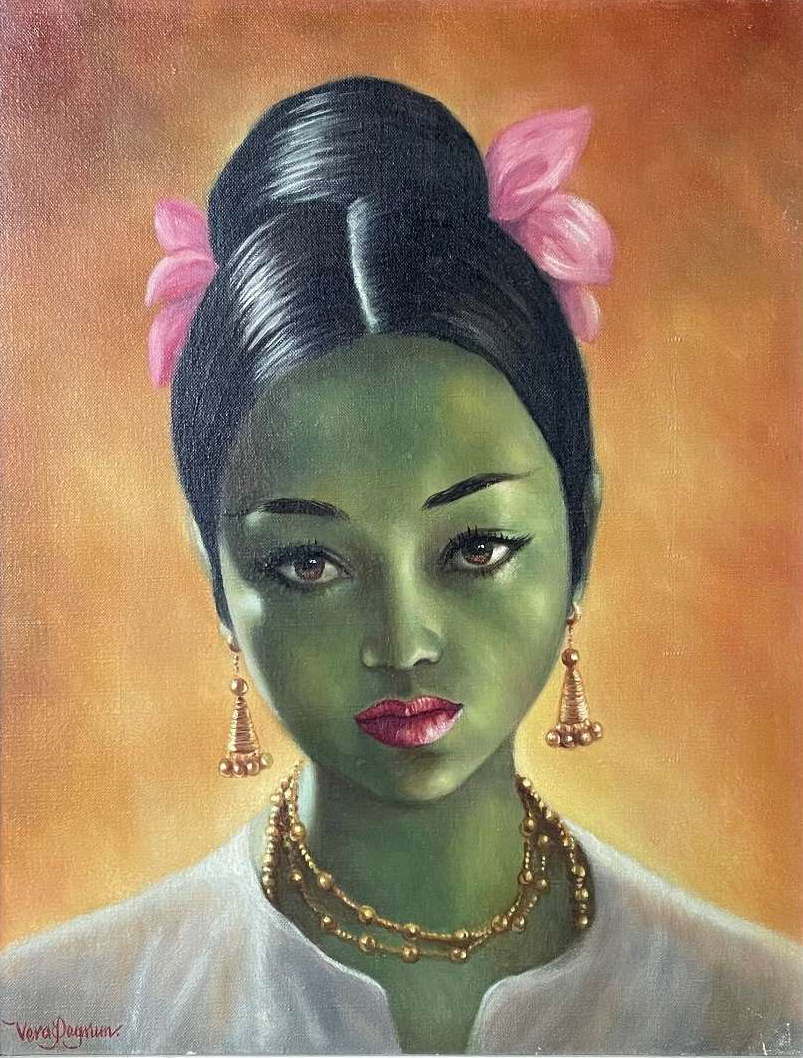

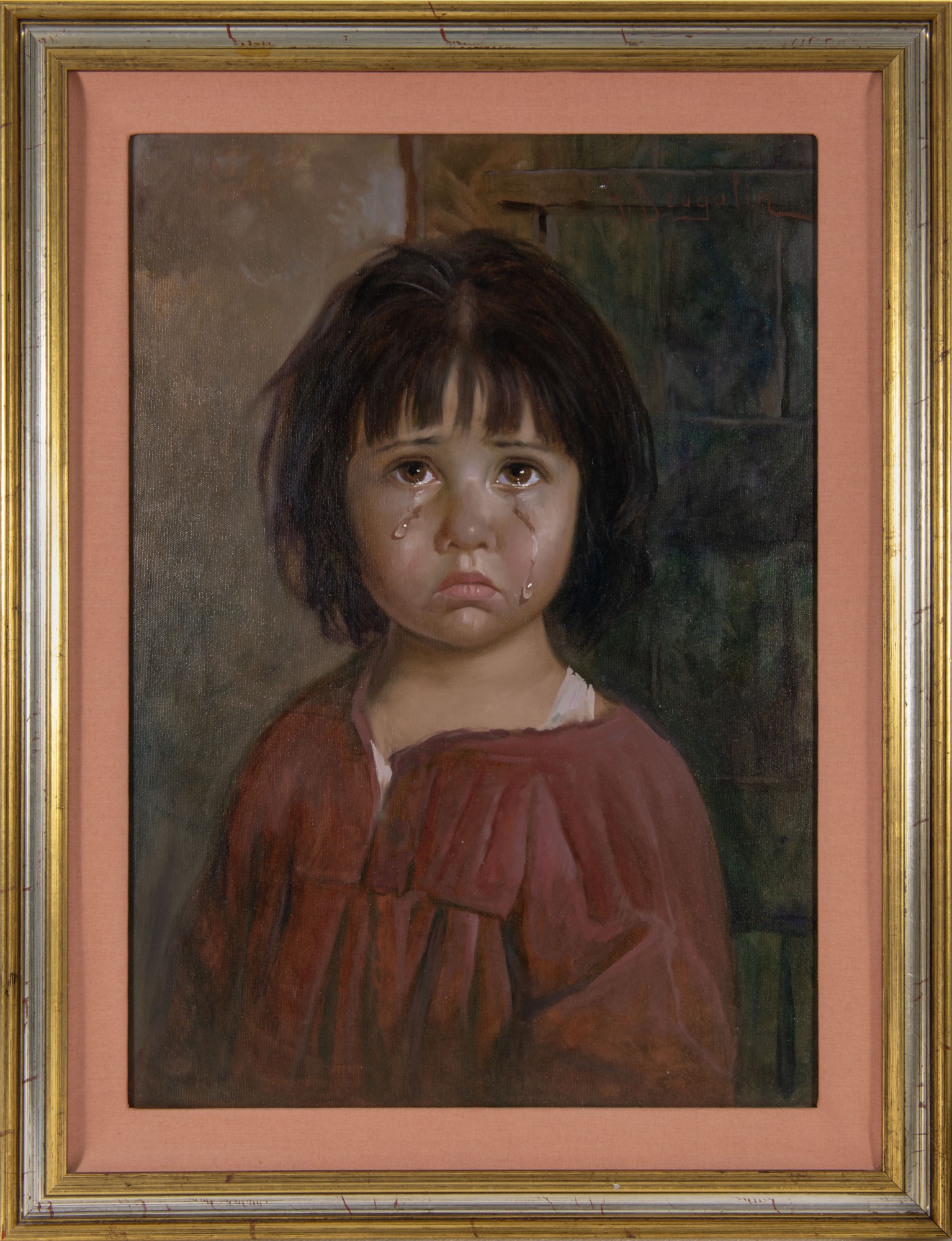
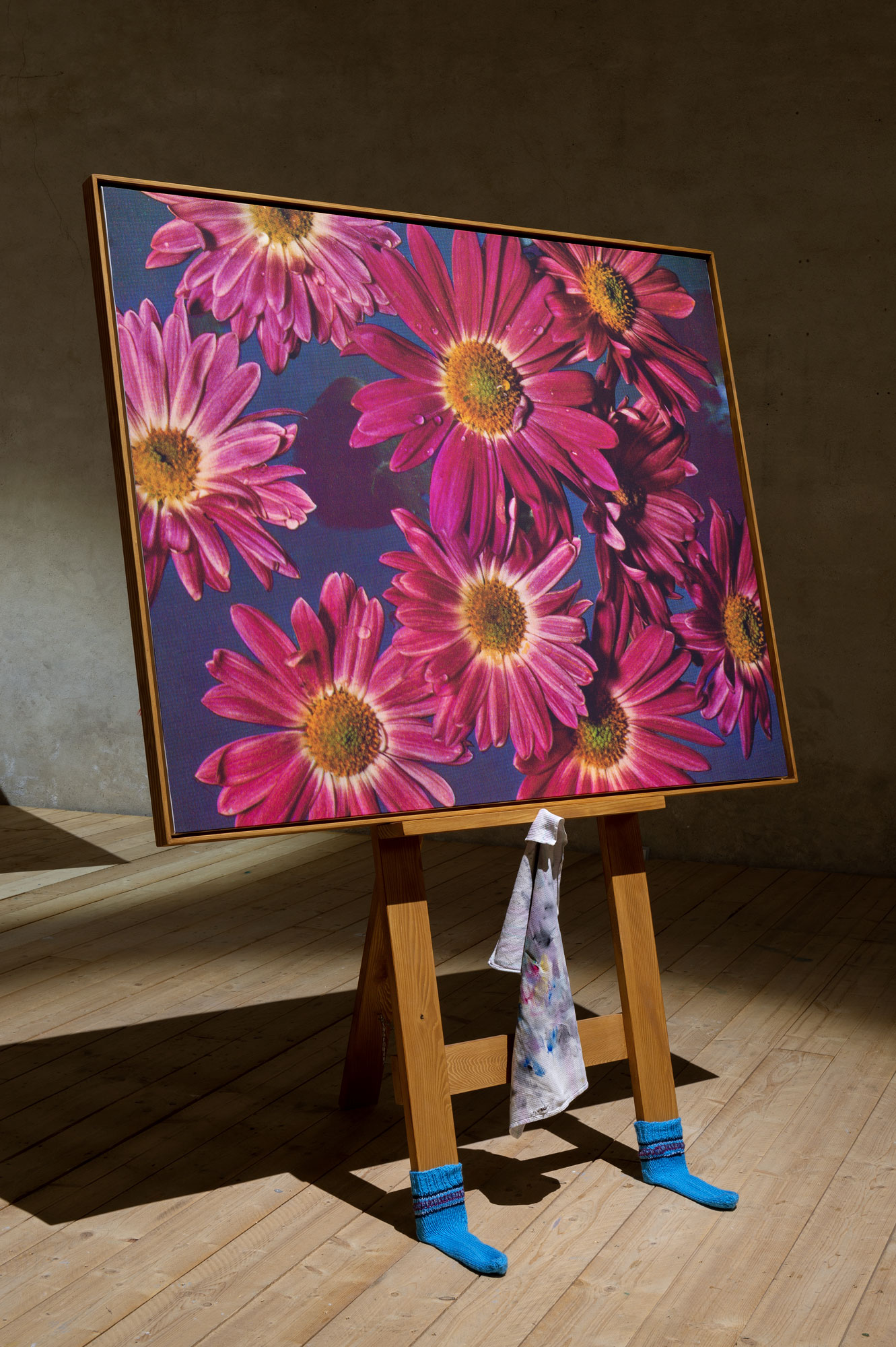
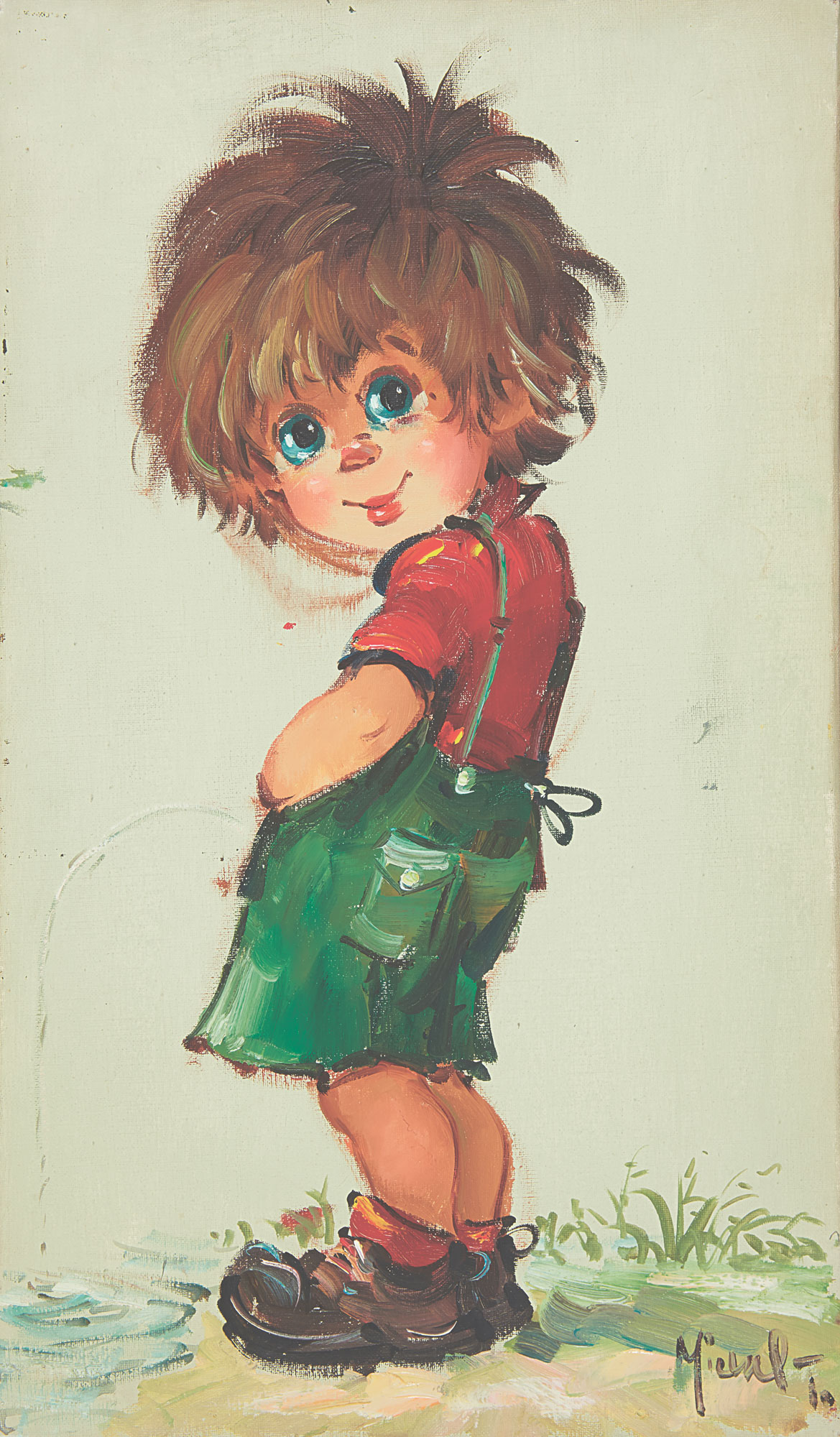
PS : What does taste mean to you?
N.C. : The exhibition gives visitors the opportunity to question this notion of taste, to ask themselves whether a particular work can really be considered good or bad taste. All the expressions on this subject, such as “taste is the disgust of other people's taste” (Pierre Bourdieu, ed.), ultimately highlight the fact that taste is something very personal. I always try to distance myself from a contemptuous or critical view of artistic productions. When I go into a hotel restaurant, for example, and there are paintings on the walls, I look at them without telling myself whether they're in good or bad taste. As they're not in a “prestigious” place, a place where you'd expect works of art, they could easily be considered in bad taste. What I'm really trying to do is decompartmentalize all that.
PS : How do you explain the fact that, even today, there's still a distinction between works of art and decorative objects?
N.C. : This is a point that is well addressed in the part of the exhibition that Colette and I dealt with. I think that what categorizes artworks is the network in which they circulate. A work of street art is not in the same network as a work of contemporary art that's going to be shown at Art Basel, for example. You can see this change in network when you go to the Hôtel Drouot and see works that fail and come back on the market because people sell their collections or die. I think it's always a good idea to shift your perspective in relation to this history of circulation.
BEAUBADUGLY. The other history of painting, at MIAM until March 9, 2025.